Cat Chin Mites Vs Acne: How Will You Know The Difference?


Do you know that your cat can get acne just like you do? Never heard of it? But yes. They do get acne on their chin. Or are they mites? How can you tell?
This is a common issue affecting adult and young adult cats. However, there is a lot of misinformation about this. Moreover, there is confusion about cat chin mites vs acne.
Mites are not as common as acne, but there are some ways to help you distinguish between the two. However, if you are unsure, you can always take them to a vet.
What Are Cat Chin Mites?

This is something I also struggled to understand with my cat. And finally, I discovered that “chin mite” is not a real thing. Some kinds of mites can affect your cat, and they mostly affect the chin area.
However, the term is not specifically associated with a particular kind of mite. And most of the time, what you notice is not even a mite.
Mites are small bugs that often live in groups and inhabit your homes, surroundings, and sometimes your pets. It can cause various skin issues, including hair loss, redness, bumps, or itching on the skin surface.
Some cats are severely affected because of the number of mites attacking them, or if your cat is allergic to that particular kind of mite. However, these can be dealt with and are not life-threatening.
Also, remember that every cat reacts differently to mites. Some do not exhibit any signs, while others are severely impacted. There are different ways of diagnosing mites, and this depends on the type of mite that has affected your cat.
How To Diagnose Cat Chin Mites?
You might even be able to see some with your naked eye if they are there in large numbers, but most of the time, these are small and cannot be seen with the naked eye.
If you suspect that your cat has been affected by mites due to the signs mentioned earlier, it is best to take them to a veterinarian for evaluation.
A doctor can perform a trichogram, where they will pluck some hair from the affected area, collect any suspected mites with the help of tape, and then examine it under a microscope.
How To Treat Cat Chin Mites?
Every condition and treatment is different, depending on the type of mites that have affected your cat. However, most are treated with tropical medication that your vet describes.
Some come in the form of pills, while others are ointments that need to be applied to the affected area. These kill the mites present in the area and protect against infections from the new ones.
Ointments may take a week, while others may take even longer to work. This is a better option for cats that have difficulty swallowing pills.
Types Of Mites Found On Cats
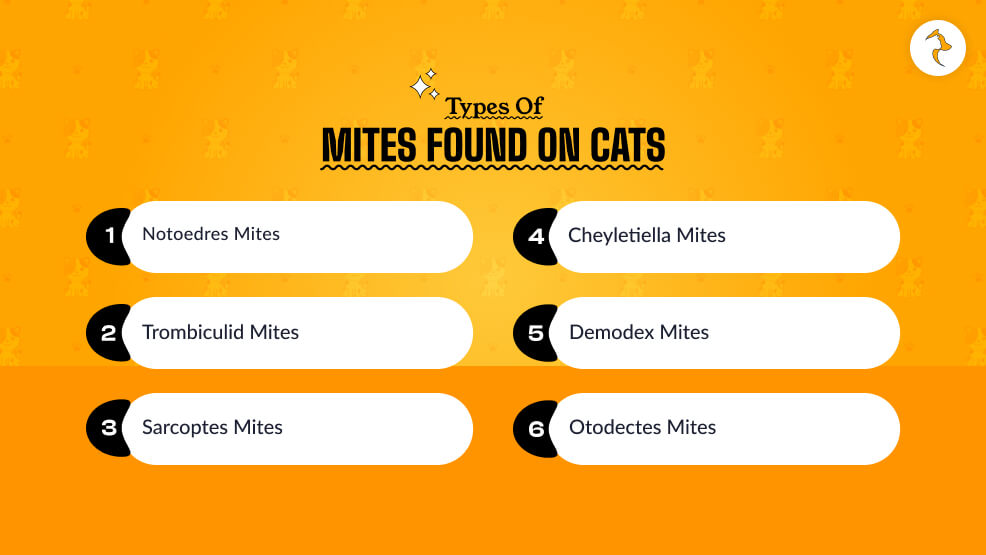
There are various forms of mites, but some are more commonly found on a cat’s face or chin. Here are some of those mentioned:
- Notoedres mites
- Trombiculid mites
- Sarcoptes mites
- Cheyletiella mites
- Demodex mites
- Otodectes mites
Facts To Remember
- Various types of mites can affect cats.
- These are not common skin issues that frequently occur in cats.
- You can see some with your naked eye if they are present in large numbers, and they can look like dandruff.
- You might not always see them with the naked eye, but you may notice other symptoms, such as itching, hair loss, and scabbing.
- Some of the mites are contagious to humans, as well as to cats and dogs.
- Even though these are not life-threatening, they can cause severe irritation.
What Is Cat Chin Acne?
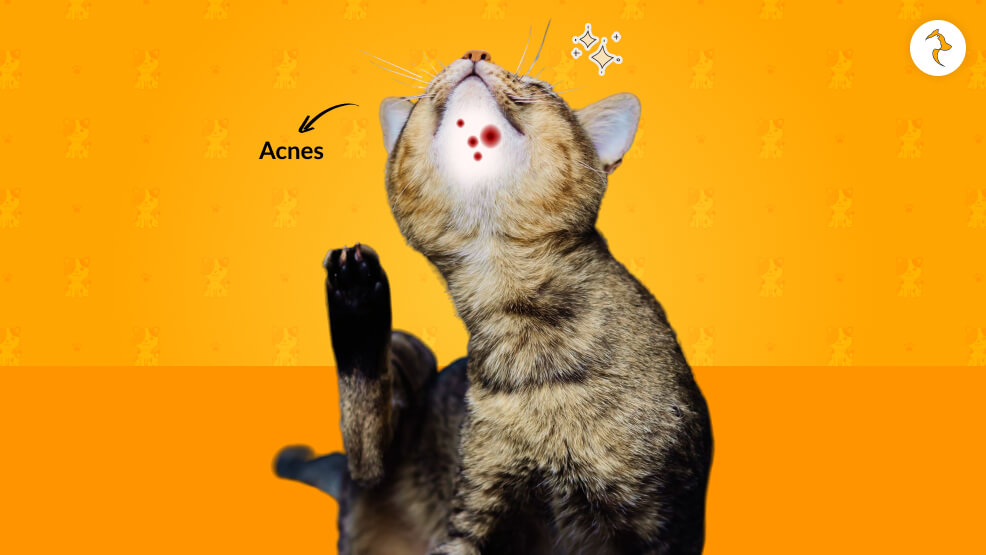
Who knew that cats could also get acne like us humans! They do, but it is mostly found around their chin. This is a common health issue in cats, and it’s something that you might not even notice until it becomes severe.
This happens because most people are unaware of it, and it can be a cause for concern. If you ask me what causes a cat’s ache, I don’t have a definitive answer, but it seems to affect the chin area mostly.
However, some people suggest that cat acne can be caused by contaminated water or food, but there is insufficient evidence to support this claim. Some say that their cats are allergic to certain substances, such as toys and bowls, which can be the cause behind this.
What Can Cause Chin Acne?
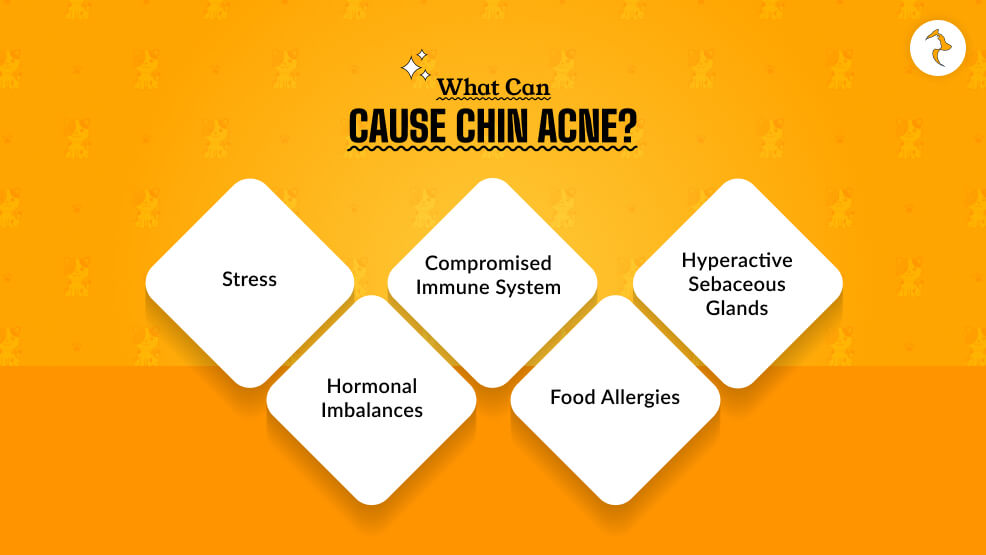
Apart from using plastic bowls and unclear food materials, there could be some other underlying reasons behind cat acne. However, if this is the case, it can be easily fixed.
But older cat often neglect their grooming habits, and some cats don’t clean their chin area properly. Some of the other underlying causes of a cat’s chin ache are:
- Hormonal imbalances
- Hyperactive sebaceous glands
Every cat breed can get acne, but it is more commonly found in felines with long hair and skin folds. It is best to consult a vet if the acne persists even after you have changed their bowls and groomed them clean.
Cat Chin Acne Treatment
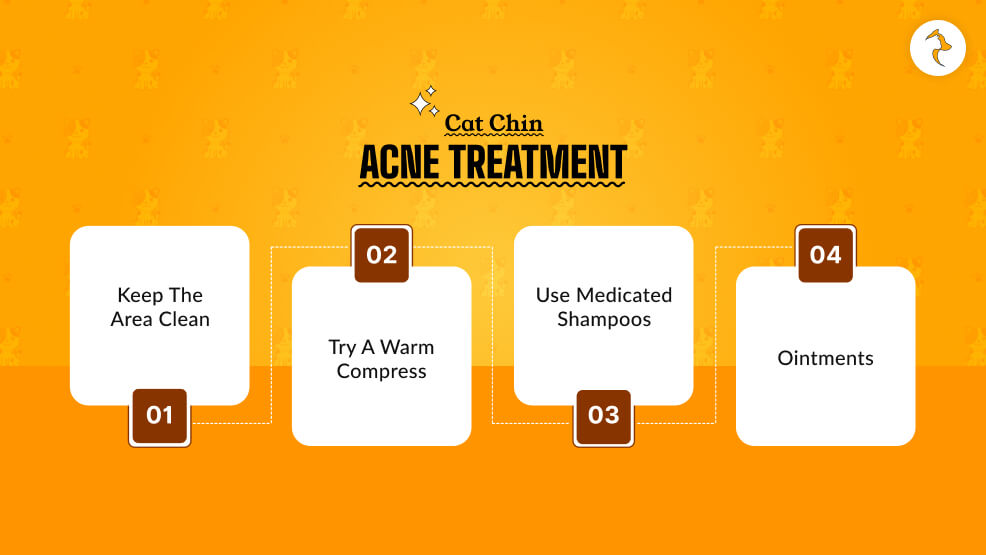
It is not necessary to treat it all the time. It appears out of nowhere and disappears by itself. However, if it is recurring, you can try something out or check if it’s something serious. You can also try these cat acne treatments.
- Keep the area clean: Use wipes or chlorhexidine antibacterial washes to clean the area a few times. However, do not apply human wipes on your feline; it can be too strong for them.
- Try a warm compress: Soak cotton balls in lukewarm water and apply them to the affected area. Do not rub, as this can irritate the area. It is one of the easiest cat acne home treatments.
- Use medicated shampoos: You can use anti-seborrheic shampoo to treat mild acne. Ensure you are using antifungal and antibacterial shampoos that your veterinarian has recommended.
- Ointments: Consult your veterinarian and apply an antimicrobial gel a few times a day.
Cat Chin Mites Vs Acne: Fundamental Differences
If you want to know the fundamental differences between cat chin mites vs acne, then you should first know that acne is a lot more common than mites.
Mites are small organisms from the arachnid family and can cause inflammatory skin diseases known as mange in cats.
Mites can cause raised lesions and hair loss. Acne does not have any side effects like that. However, both acne and mites can cause rash, redness, and irritation.






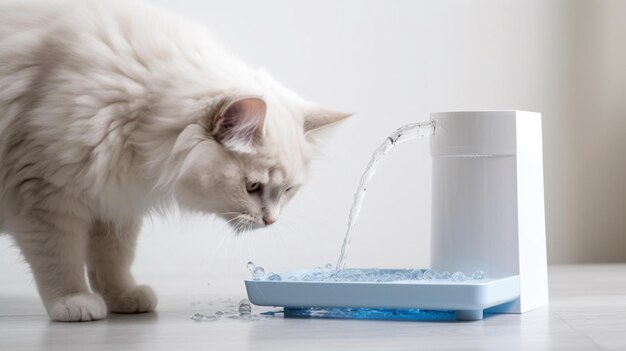
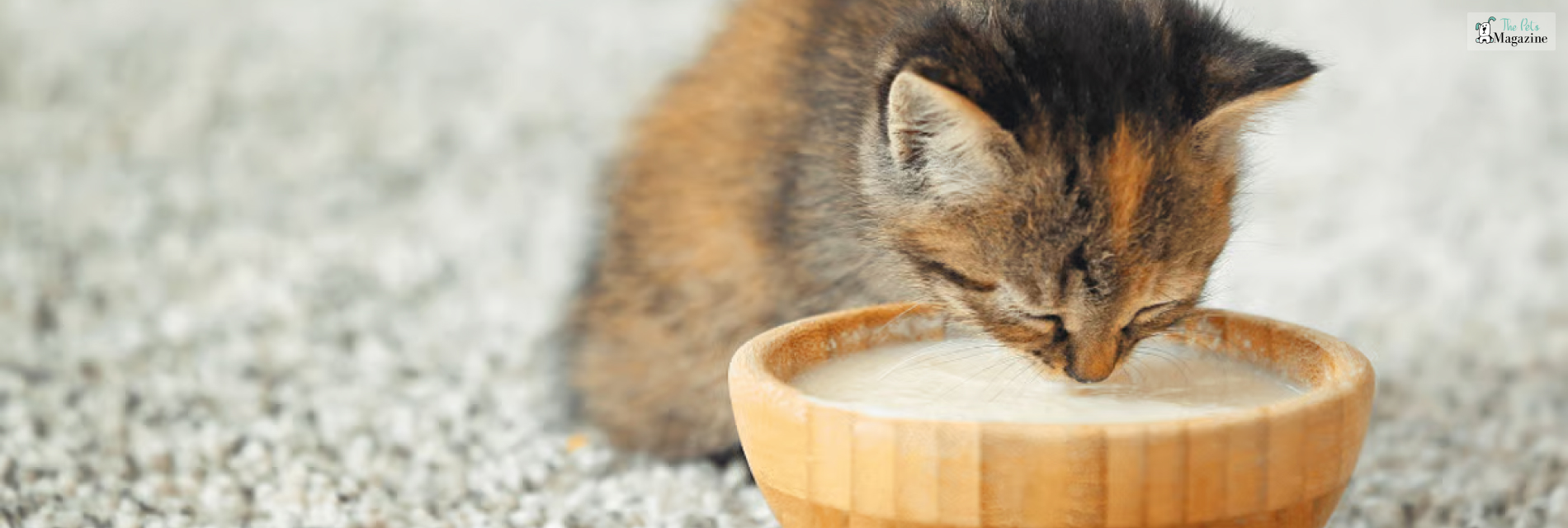
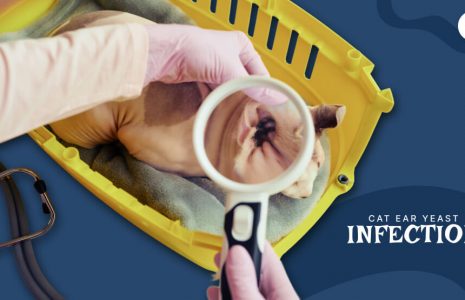
Leave A Comment